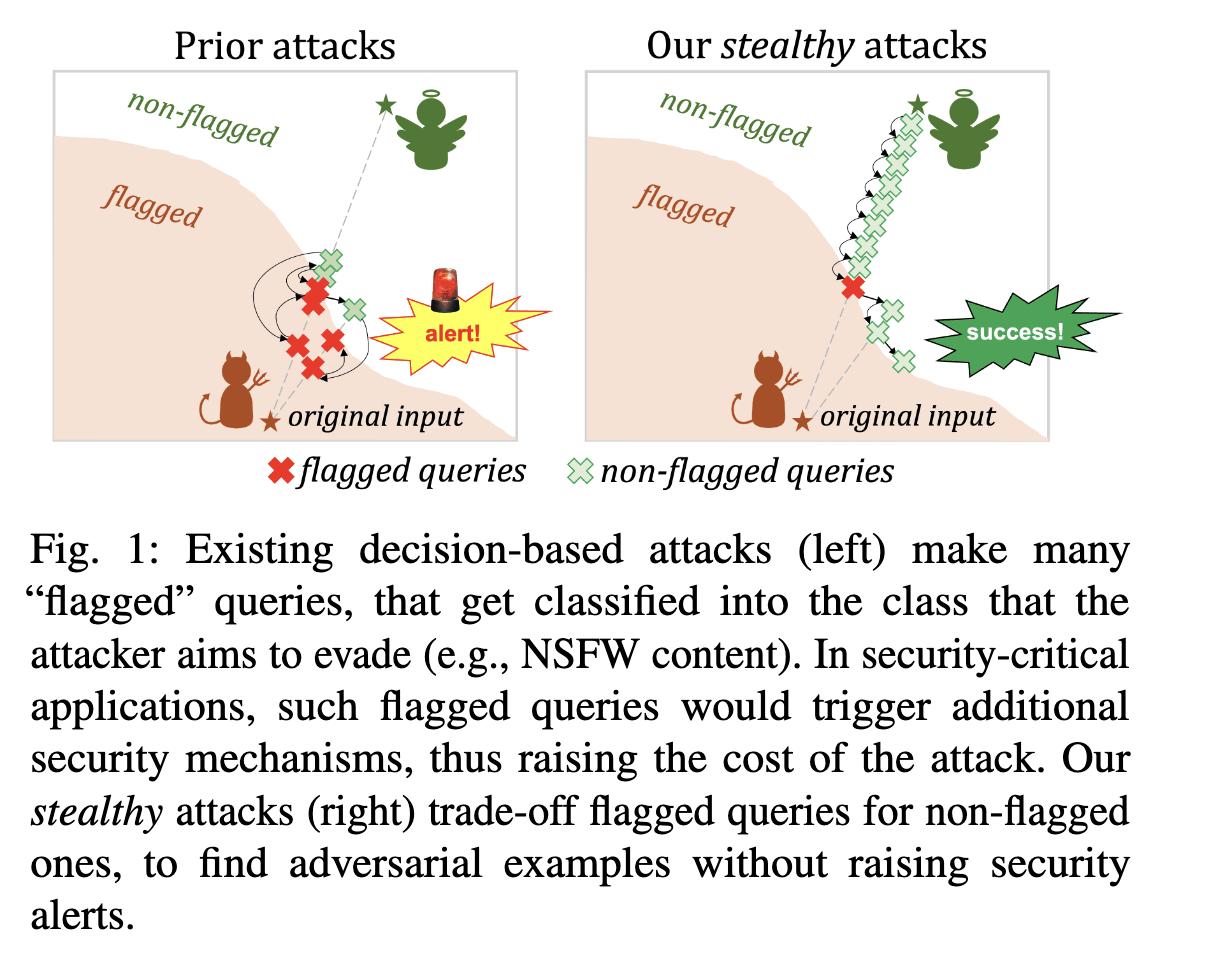Posts
Wikitag Contributions
This distinction reminds me of Evading Black-box Classifiers Without Breaking Eggs, in the black box adversarial examples setting.

Well that was timely
Amazon recently bought a 960MW nuclear-powered datacenter.
I think this doesn't contradict your claim that "The largest seems to consume 150 MW" because the 960MW datacenter hasn't been built (or there is already a datacenter there but it doesn't consume that much energy for now)?
Domain: Mathematics
Link: vEnhance
Person: Evan Chen
Background: math PhD student, math olympiad coach
Why: Livestreams himself thinking about olympiad problems
Domain: Mathematics
Link: Thinking about math problems in real time
Person: Tim Gowers
Background: Fields medallist
Why: Livestreams himself thinking about math problems
From the Rough Notes section of Ajeya's shared scenario:
Meta and Microsoft ordered 150K GPUs each, big H100 backlog. According to Lennart's BOTECs, 50,000 H100s would train a model the size of Gemini in around a month (assuming 50% utilization)
Just to check my understanding, here's my BOTEC of the number of FLOPs for 50k H100s during a month: 5e4 H100s * 1e15 bf16 FLOPs/second * 0.5 utilization * (3600 * 24 * 30) seconds/month = 6.48e25 FLOPs.
This is indeed close enough to Epoch's median estimate of 7.7e25 FLOPs for Gemini Ultra 1.0 (this doc cites an Epoch estimate of around 9e25 FLOPs). ETA: see clarification in Eli's reply.
I'm curious if we have info about the floating point format used for these training runs: how confident are we that labs are using bf16 rather than fp8?
Thanks, I think this is a useful post, I also use these heuristics.
I recommend Andrew Gelman’s blog as a source of other heuristics. For example, the Piranha problem and some of the entries in his handy statistical lexicon.
Mostly I care about this because if there's a small number of instances that are trying to take over, but a lot of equally powerful instances that are trying to help you, this makes a big difference. My best guess is that we'll be in roughly this situation for "near-human-level" systems.
I don't think I've seen any research about cross-instance similarity
I think mode-collapse (update) is sort of an example.
How would you say humanity does on this distinction? When we talk about planning and goals, how often are we talking about "all humans", vs "representative instances"?
It's not obvious how to make the analogy with humanity work in this case - maybe comparing the behavior of clones of the same person put in different situations?
there's this https://github.com/Jellyfish042/uncheatable_eval